Karen David
[June 26, 2012]
‘Apophyllite VI’, 2011, Acrylic on canvas with apophyllite crystal, 51x50cm
‘Triangle Charging Station’, 2012, acrylic on canvas (with chair), 47x40cm
‘Magnetite Effect’, plinth, 40,000-year-old Canyon Diablo Meteorite from Arizona, USA and compass, 2012
‘SiO2’, 2012, acrylic on canvas with clear quartz, 45x70cm
‘S3’, 2012, acrylic on canvas with sulphur crystal, 150x150cm
‘Desert Rose’, 2011, acrylic on canvas with desert rose crystal, 44x35cm
_________________
The work ‘Magnetite Effect’ presents a small fragment from a meteorite which collided with Earth around 40,000-years-ago in the Canyon Diablo crater, Arizona. Placed directly above the meteorite on top of the perspex case is a compass. The compass needle has a magnet on it which is attracted to the North Pole of the Earth, but because some meteorites are magnetic, when placed in proximity of a compass, the needle will spin towards the meteorite.
Magnetite is a highly magnetic mineral, crystals of which are found in the brains of bees, fish, birds and bats helping them navigate by sensing the Earth’s magnetic field, much like a compass. Strangely, a tiny shiny crystal of magnetite is also found in humans in the ethmoid bone between the eyes, just behind the nose.
The work ‘S3’ presents three blue painted square canvases of equal dimensions, upon which rests a piece of yellow neon sulphur crystal. Sulphur is often referred to in the Bible as ‘brimstone’ as in “fire and brimstone”, and is used in gunpowder. When burned, Sulphur releases a blue flame and melts to a blood-red liquid. The S3- molecule derived from a sulphur radical gives the gemstone Lapis Lazuli the intense blue colour from which the pigment Ultramarine is extracted.
Karen David has offered a ‘visual interpretation’ of the term: Object abuse.
Each one of these visual interpretations adds insight and depth to what exactly Object Abuse might look like. This question is by no means obvious when you think about it, who is to say the object in question is passive and not active, where does any variation of abuse originate from? And what is an object, or can we really say with any certainty what is not an object?
OA’s intension is to provide a platform to question the very nature and orientation of objects. The aim is to readdress the unquestioned drives of our collective pursuits, to turn the tables on the object-subject dynamic.
If you would like to offer us a visual interpretation, please go the our Contact page and let us know.
OA began as a symposium, now it is housed as a website and next it will become a network, with events; presentations and exhibitions.
See About and Future events.

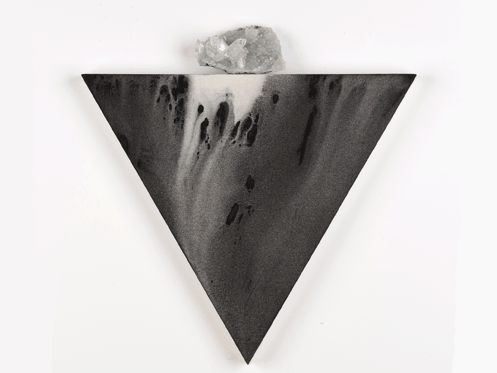
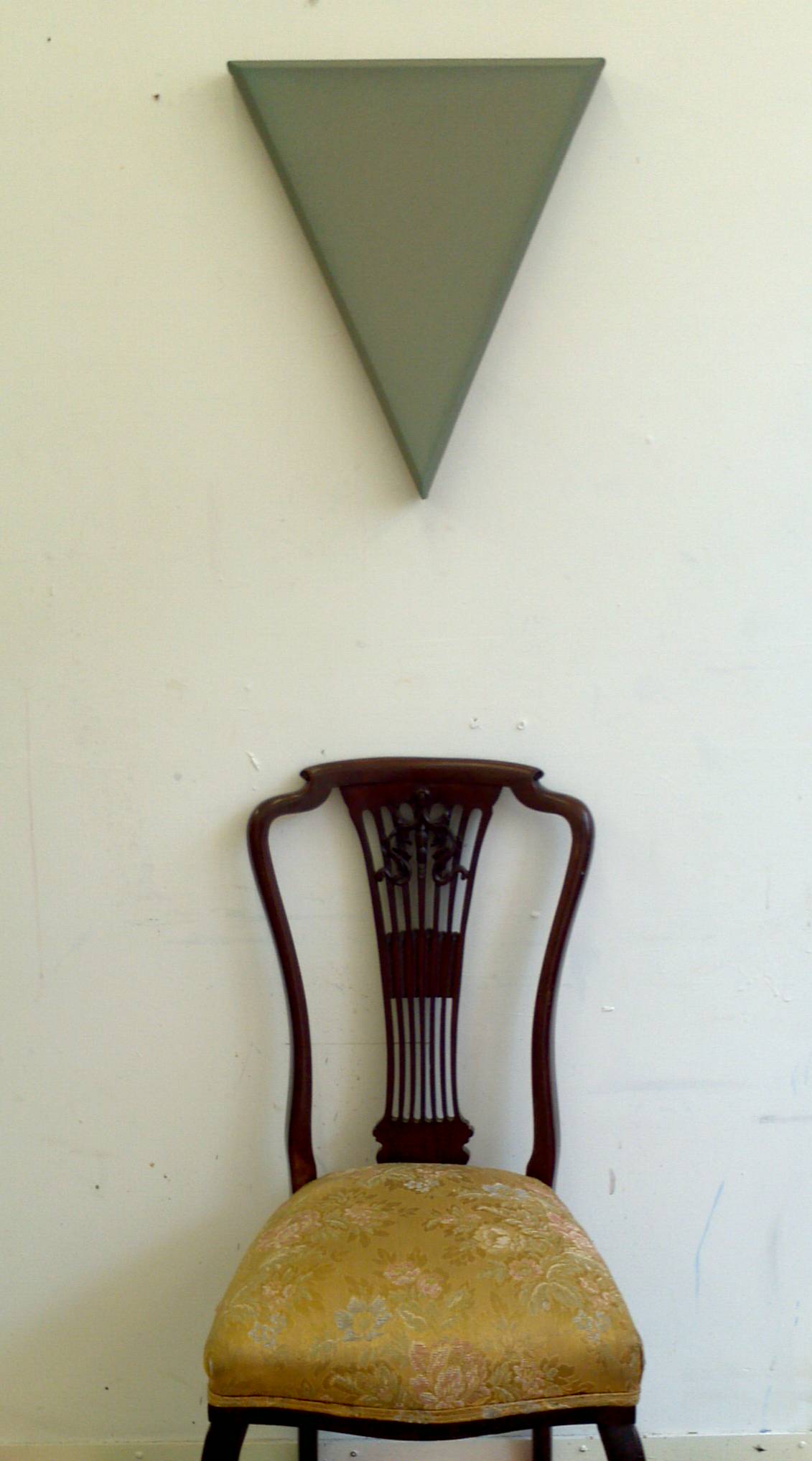
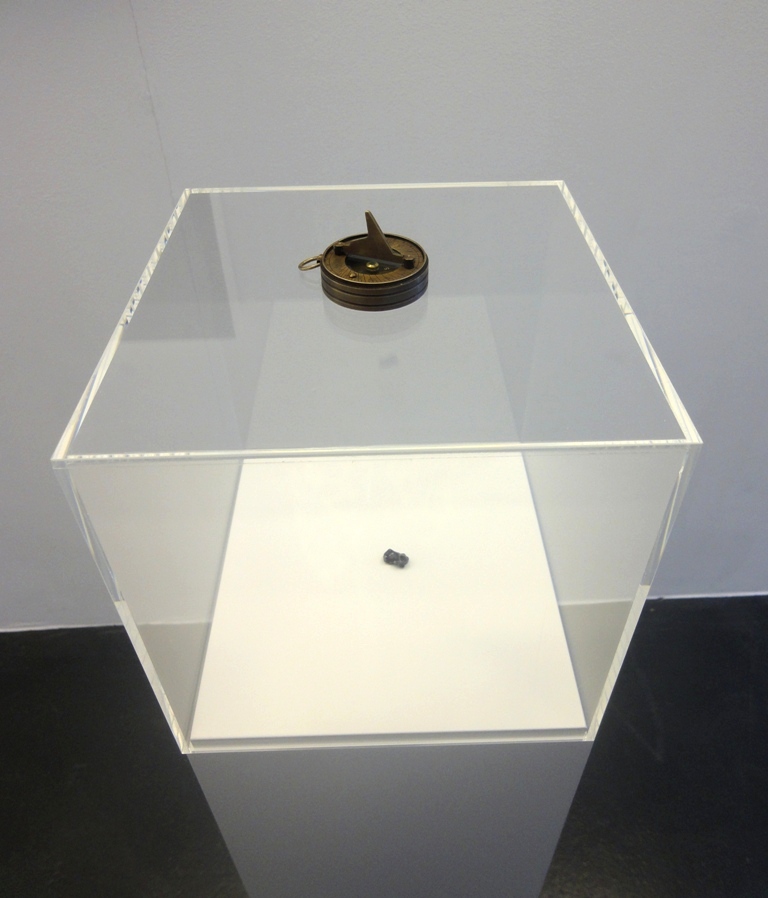
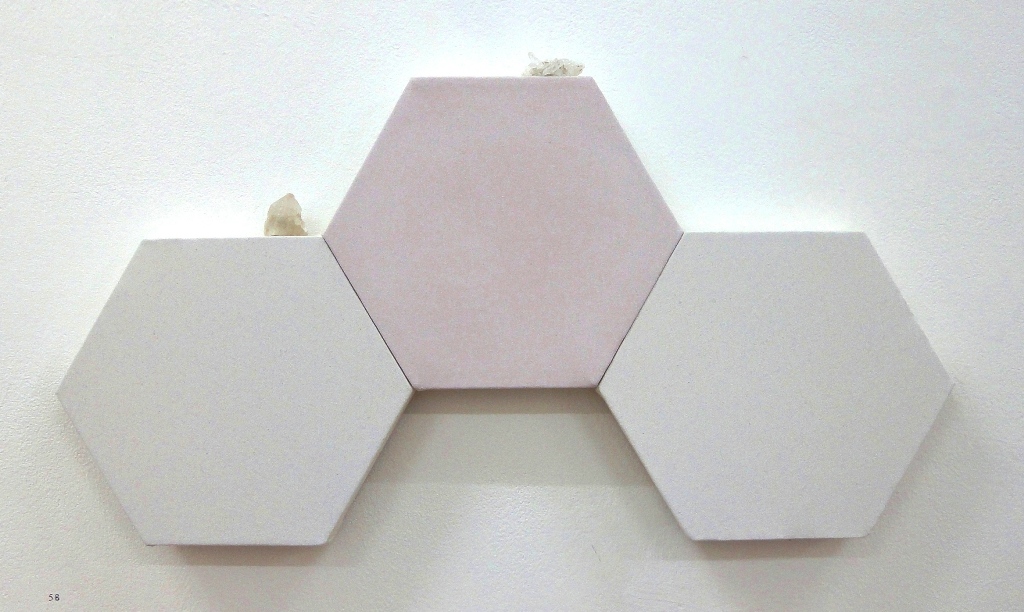
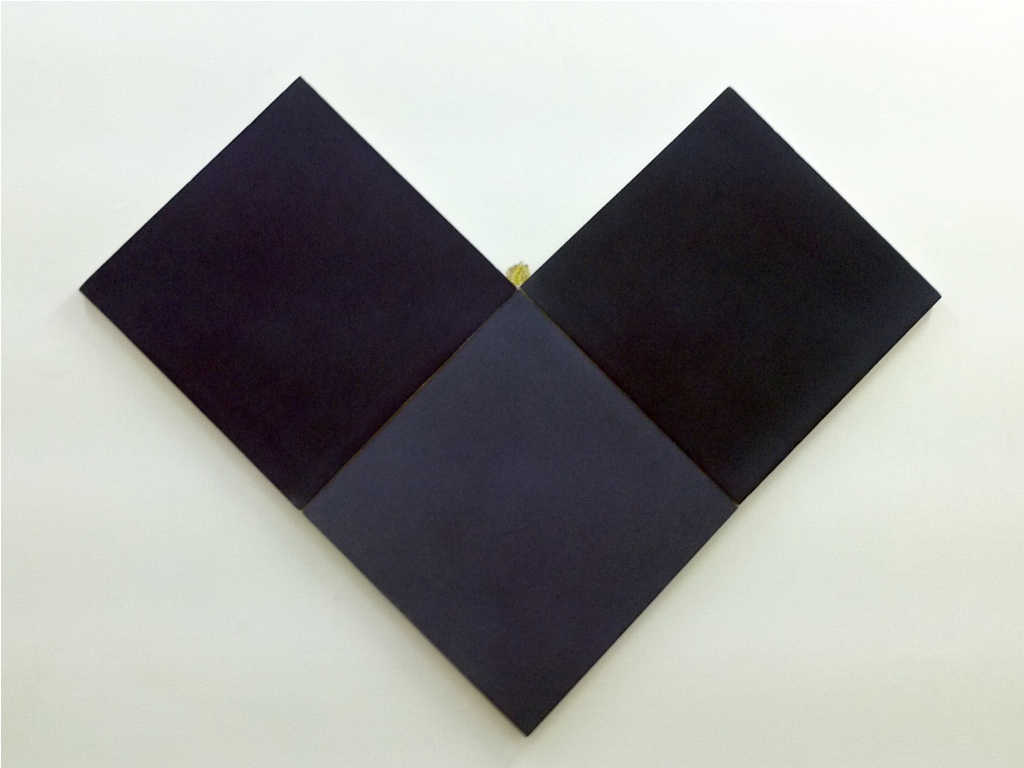
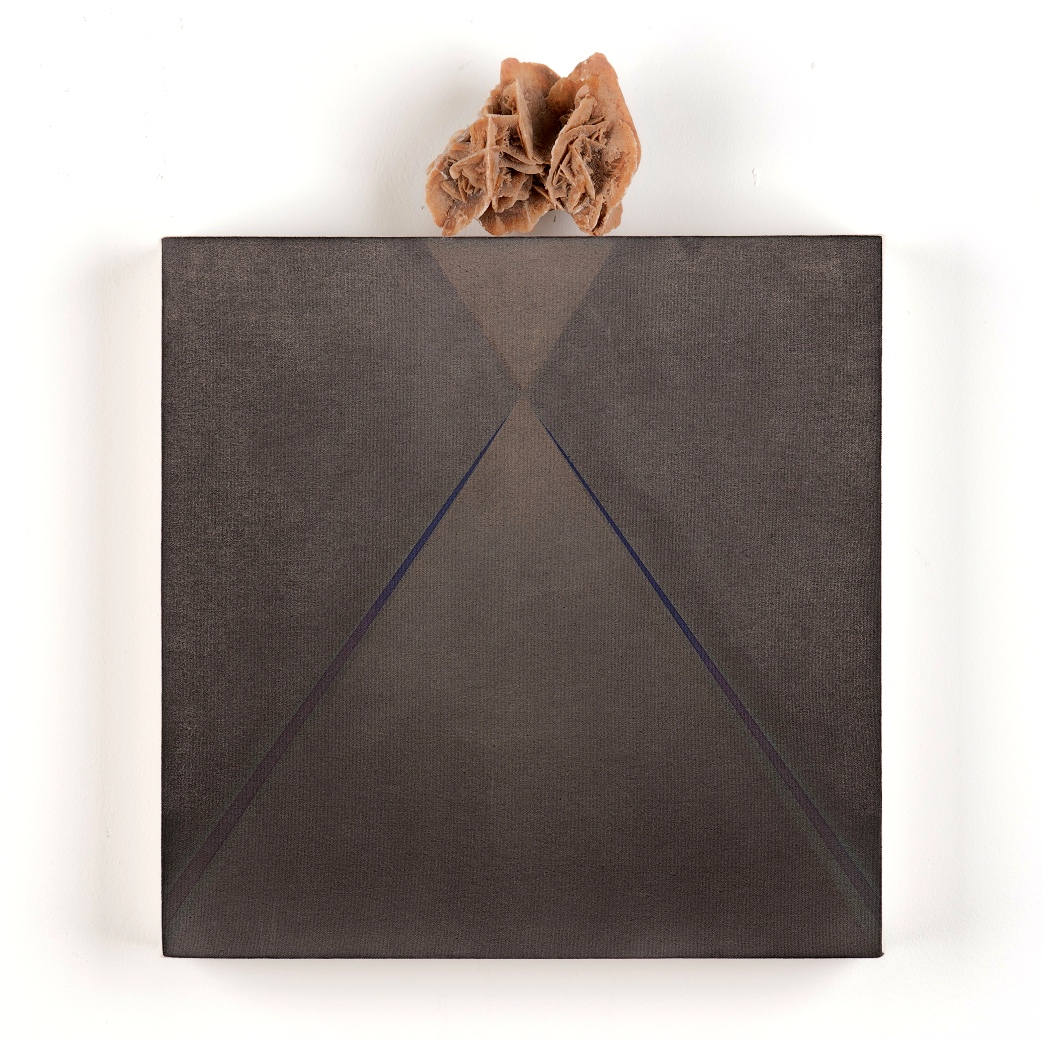
[No Comments]